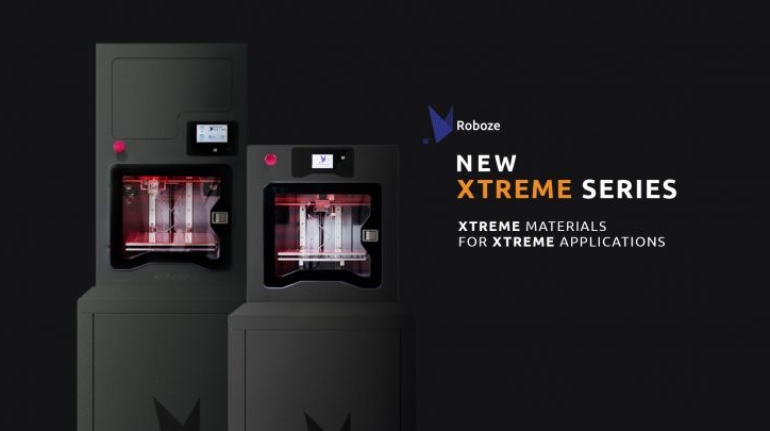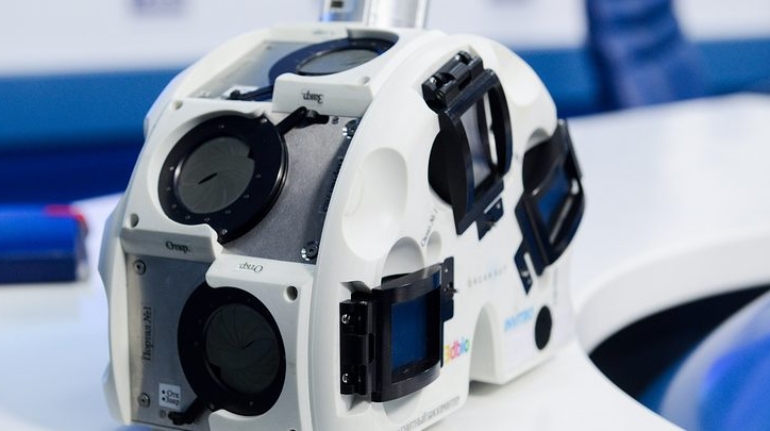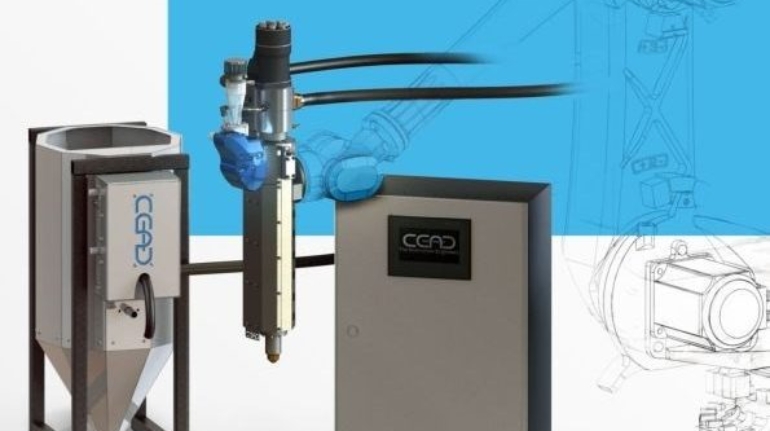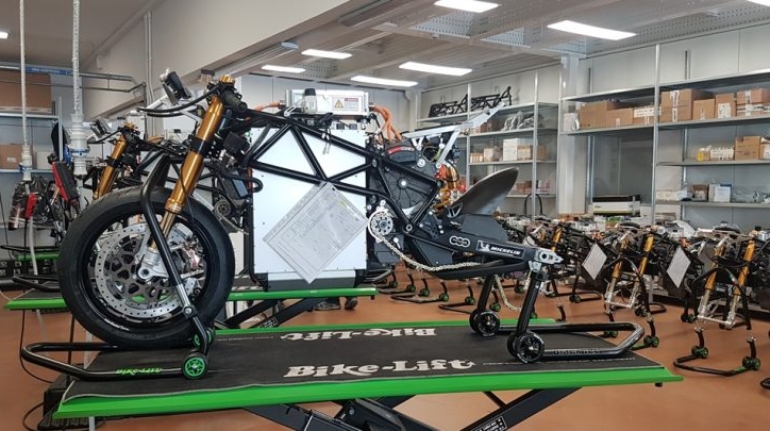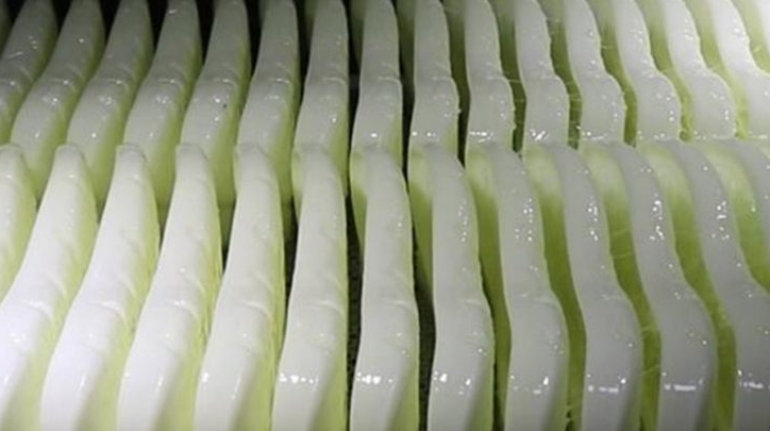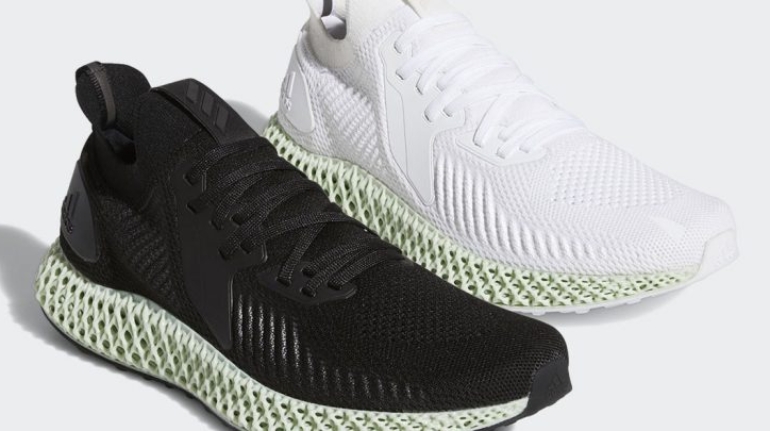Roboze Xtreme 3D printer series to make U.S. debut at RAPID + TCT 3D Printer Hardware
Italian 3D printing company Roboze will be showcasing its Xtreme 3D printer series in the United States for the first time at RAPID + TCT in Detroit from May 20-23. The 3D printer series, which made its debut at Formnext 2018, comprises the ROBOZE One Xtreme and the ROBOZE One+400 Xtreme desktop/production solutions. In addition to presenting its new 3D printing hardware for the first time in the U.S., Roboze has also hinted it will be lifting the veil on some exciting news at the major additive manufacturing event.

